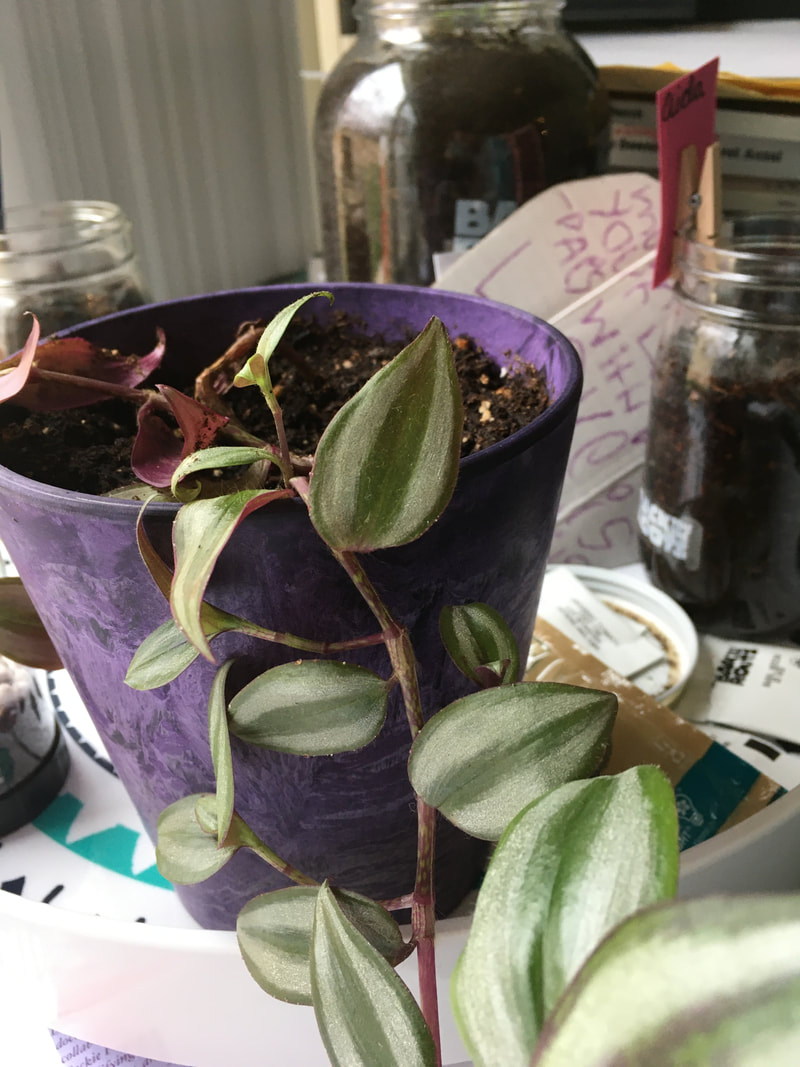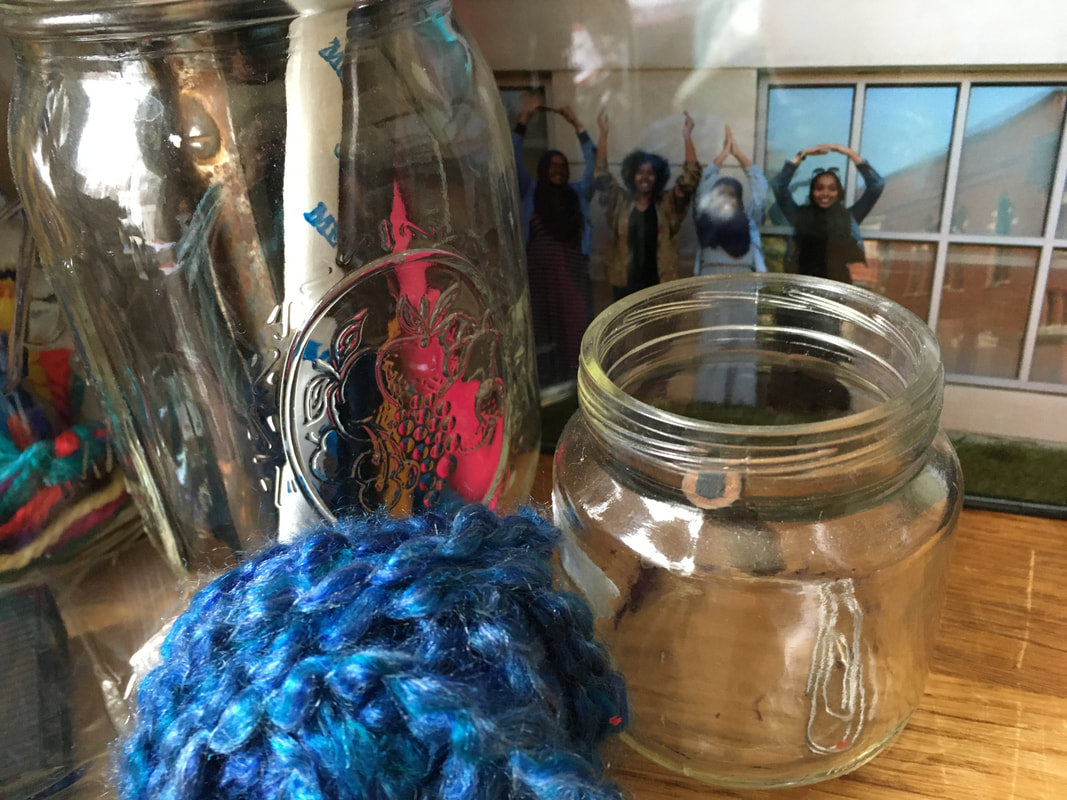|
I stepped away from my annotated bibliography project for awhile. I have time blocked out for research, since I teach on campus one day a week spring semester, and between those writing projects and class prep, all my reading has revolved around methodology, reconciliation, and (surprisingly) complex systems theory. I have been annotating and mapping this reading journey, but it is another writing for another day. **And now that university has shifted online and daily life remains relatively confined to the home, rendering this post (drafted a few weeks ago) even more timely. A guest speaker in my research class, a historian of art education, was sharing about all the spaces where art education happens. Some of his work has focused on the role that department stores have played as art educational spaces, and his interest is in the “other” spaces where learning in the arts happens: movies, sci-fi, popular culture, etc. and he used the phrase at one point, “Pedagogy of the Home.” Deep exhale. He named for me something that has been floating around my headspace for a number of months, something that I started thinking a lot more about since reading “The Brave Learner” by Julie Bogart over the summer. I meant to write an annotated bib post for this book awhile back, but the book was finally recalled to the library (after at least 3 renewals). It was a breath of fresh air after reading Unschooled. For all the ideological claims of unschooling, A Brave Learner was much more about the ways in which we inspire learning – and one of those ways is how we set up our homes. As a home educator, we spend countless hours at home. The amount of chaos (and subsequent cleaning) and constant effort to put things back in order feels overwhelming at times. We’re not typically gone more than a few hours a day (unlike those who work and go to school for the bulk of the daylight hours). With the abundance of articles posted online about minimalist living, I look around our home at the shelves of activities, craft supplies, books, toys, puzzles, games, books, piles of papers, bins of glue and crayons and I think, what would we get rid of? We use all this throughout the day, the week. There are rhythms of course – sometimes the Legos are forgotten for a few weeks, and then they are out in full force, spread across the house in a very detailed and specific story. Sometimes a week or two goes by and no one paints. But then, we do. Some days, the drying rack stays empty. And then it fills up. Pedagogy of the home. The intentional placement of things to encourage learning. Bogart encourages this throughout her book – tables with “props” left on them for children to find, read, try something new. Craft and art supplies always at the ready and within reach of short arms. And don’t we, as adults, do this in our work spaces? I think about how I arrange my desk. Books I am using for a particular course or research project within easy reach; those I intend to read or think might come in handy further down on the shelf. Pens on the desktop. Piles of notes and tasks to be completed next to the computer. Supplies in the drawers for all the things I typically do. Items not so frequently accessed up high out of reach, or stored in a closet. A few select things for aesthetic or emotional value: photos from each of the projects I’ve been involved in, the last postcard my grandmother sent me, the tomato plant and herbs we’re trying to grow indoors since we have no garden space.
We view the work of learning, the work of play the same way. Intentionally filling our home with things to promote creativity, play, storytelling, reading, building, designing, experimenting, cooking. That’s the ideal anyway. Some days, I just want my cleaning job to last more than 20 minutes.
0 Comments
Leave a Reply. |
Ruth M. SmithCommunity arts educator and researcher. Drinking coffee. Home educating. Making art. Listening intentionally. Categories
All
Archives
February 2022
|




 RSS Feed
RSS Feed
